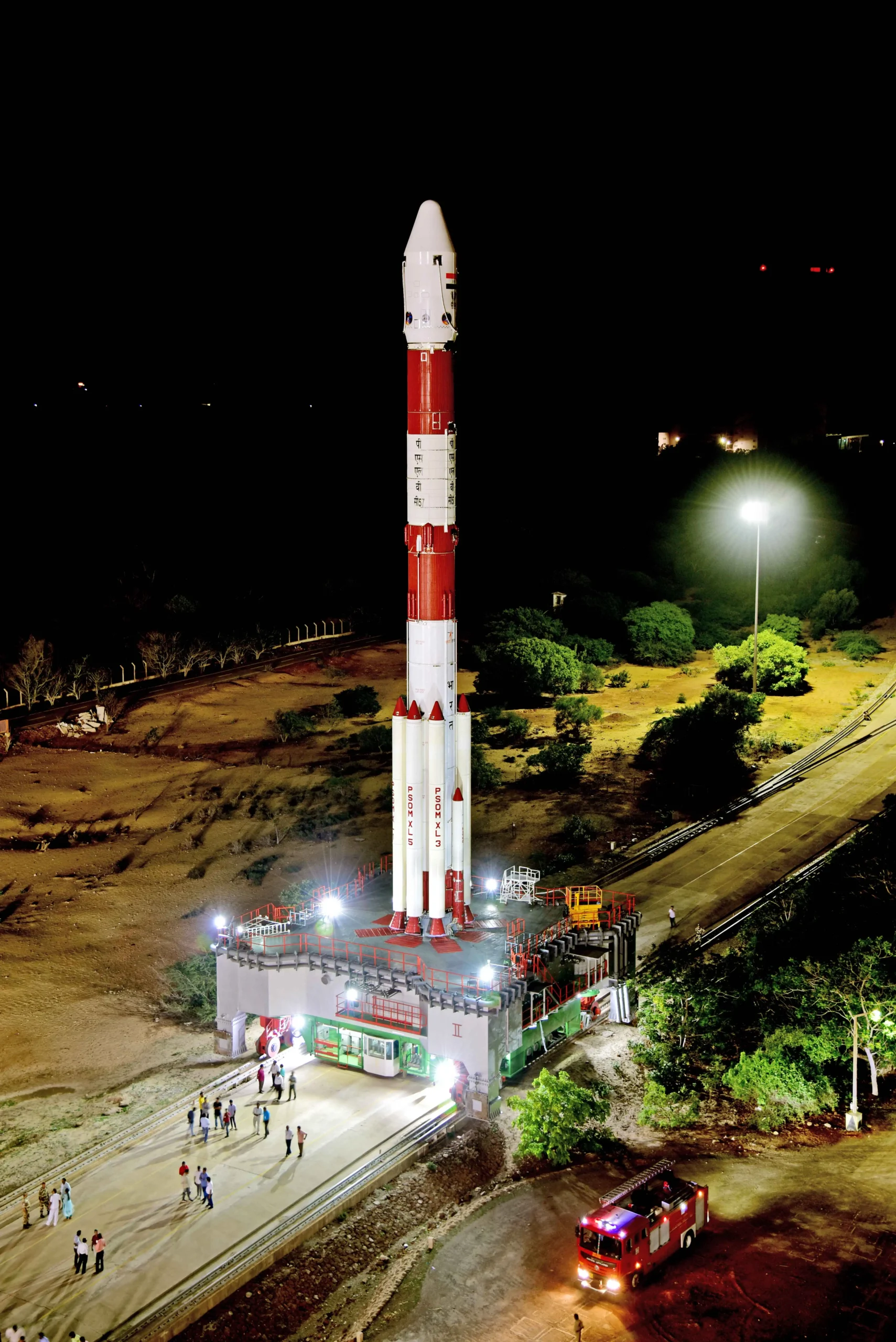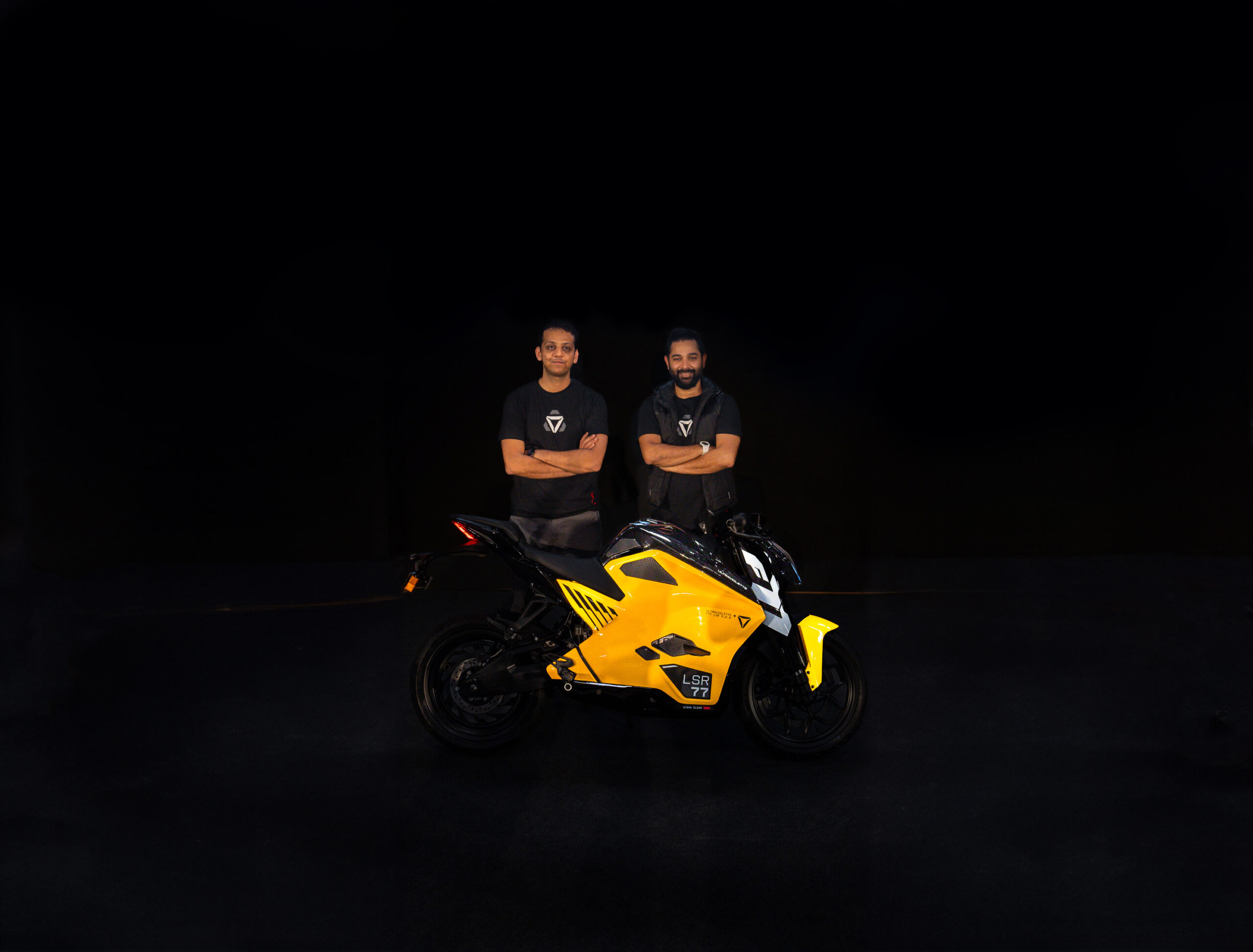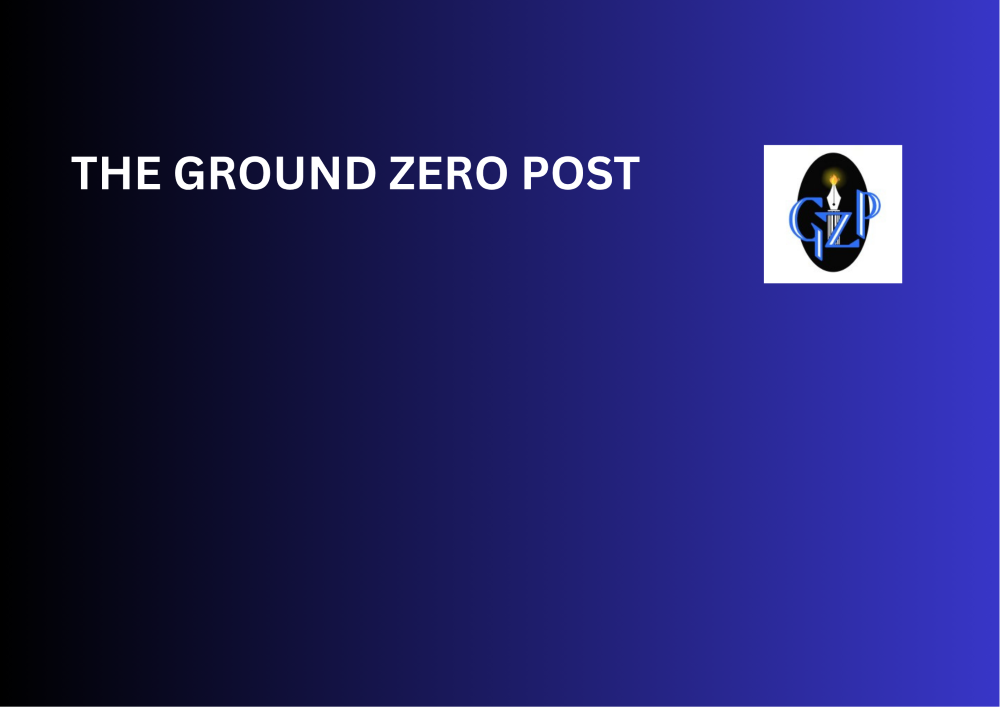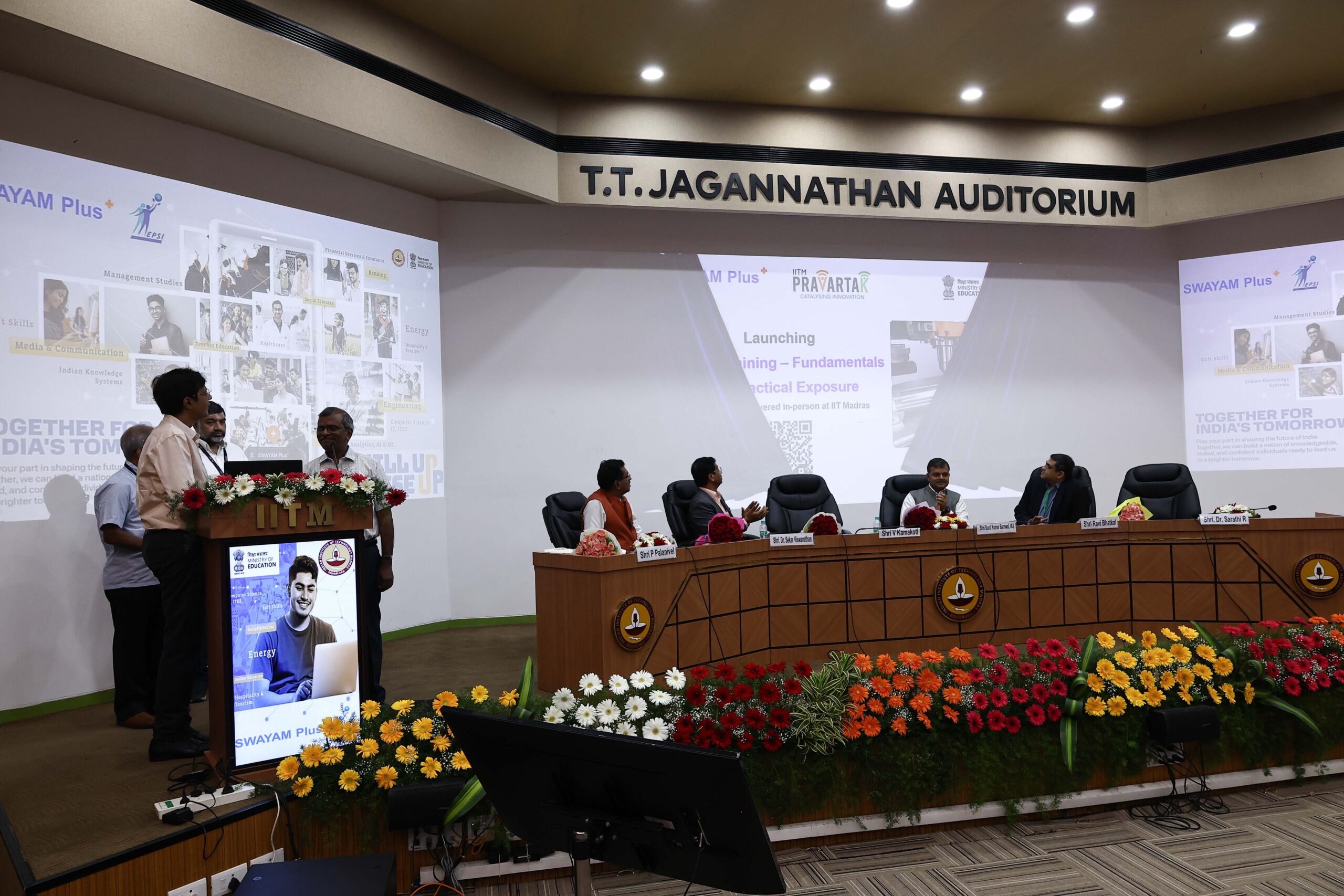Aditya-L1 carries seven scientific payloads indigenously developed by ISRO with other agencies

Chennai:
Buoyed by the most recent success of its Chandrayan-3 mission, the ISRO has added yet another feather to its cap by successfully launching the first Indian space-based observatory to study the sun, Aditya-L1.
The Polar Satellite Launch Vehicle (PSLV-C57), also known as India’s space workhorse, took off in a text-book style launch on September 02 from the second launch pad of the Satish Dhawan Space Centre (SDSC) in Sriharikota and the spacecraft Aditya-L1 was successfully injected into an elliptical orbit around the earth after a flight duration of 63 minutes and 20 seconds, an ISRO release stated.
Aditya-L1 is expected to arrive the intended orbit at the L1 point after about 127 days.
Aditya-L1 is the first Indian space-based observatory to study the Sun from a halo orbit around first Sun-Earth Lagrangian point (L1), which is located roughly 1.5 million km from earth.
The spacecraft is expected to undergo four earth-bound orbital maneuvers before placing in the transfer orbit towards the Lagrange point L1. Aditya-L1 is expected to arrive the intended orbit at the L1 point after about 127 days.
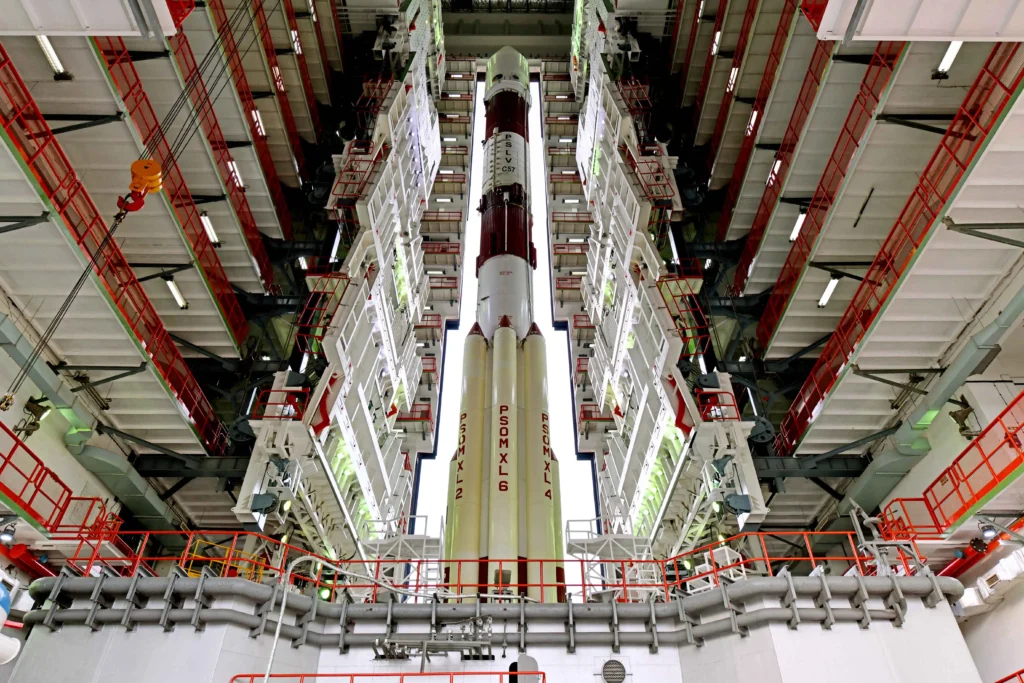
Aditya-L1 carries seven scientific payloads indigenously developed by ISRO and national research laboratories including Indian Institute of Astrophysics (IIA), Bengaluru and Inter University Centre for Astronomy & Astrophysics (IUCAA), Pune.
ISRO officials said that a satellite placed in the halo orbit around the L1 point has the major advantage of continuously viewing the Sun without any occultation/eclipses. This will provide a greater advantage of observing the solar activities and its effect on space weather in real time.
The suits of Aditya L1 payloads are expected to provide most crucial information to understand the problem of coronal heating, coronal mass ejection, pre-flare and flare activities and their characteristics, dynamics of space weather, propagation of particle and fields etc.
The spacecraft carries seven payloads to observe the photosphere, chromosphere and the outermost layers of the Sun (the corona) using electromagnetic and particle and magnetic field detectors. Using the special vantage point L1, four payloads directly view the Sun and the remaining three payloads carry out in-situ studies of particles and fields at the Lagrange point L1, thus providing important scientific studies of the propagatory effect of solar dynamics in the interplanetary medium
The suits of Aditya L1 payloads are expected to provide most crucial information to understand the problem of coronal heating, coronal mass ejection, pre-flare and flare activities and their characteristics, dynamics of space weather, propagation of particle and fields etc.
Meanwhile, ISRO’s Chandrayan-3 moon rover is currently studying the surface of the moon’s south pole and is reported to have detected sulphur on the surface of the satellite.
The major science objectives of Aditya-L1 mission are:
- Study of Solar upper atmospheric (chromosphere and corona) dynamics.
- Study of chromospheric and coronal heating, physics of the partially ionized plasma, initiation of the coronal mass ejections, and flares
- Observe the in-situ particle and plasma environment providing data for the study of particle dynamics from the Sun.
- Physics of solar corona and its heating mechanism.
- Diagnostics of the coronal and coronal loops plasma: Temperature, velocity and density.
- Development, dynamics and origin of CMEs.
- Identify the sequence of processes that occur at multiple layers (chromosphere, base and extended corona) which eventually leads to solar eruptive events.
- Magnetic field topology and magnetic field measurements in the solar corona.
- Drivers for space weather (origin, composition and dynamics of solar wind.
